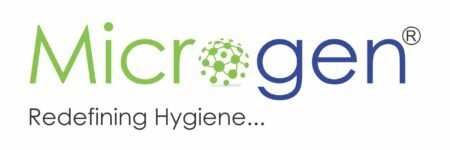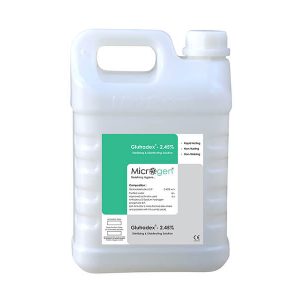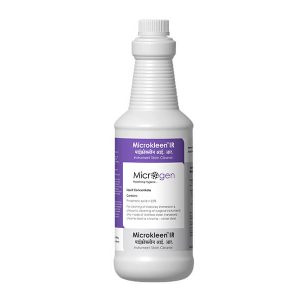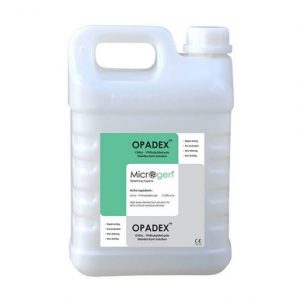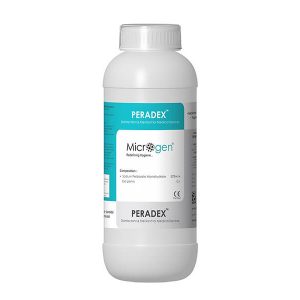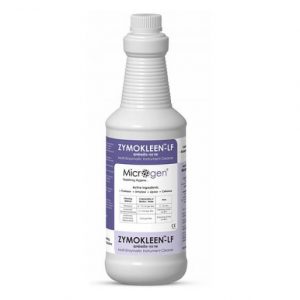Instrument Cleaning, Disinfection and Sterilization are essential for ensuring that medical and surgical instruments do not transmit infectious pathogens to patients. Thorough cleaning is essential before high-level disinfection and sterilization because inorganic and organic materials that remain on the surfaces of instruments interfere with the effectiveness of these processes.
Improvements in procedures, practices, and equipment have resulted in greater practical applications over time.
According to the Centers for Disease Control, instruments are classified into three categories depending on the risk of transmitting infection. The classifications of critical, semi critical and noncritical. All critical and semi critical instruments that are heat stable should be sterilized after each use by steam under pressure (autoclaving), dry heat, or chemical vapor. Before sterilization or high-level disinfection, instruments should be cleaned so that any debris is removed. Enzymatic and non-enzymatic solutions facilitate instrument cleaning. Applying rust inhibitors will protect instruments from corrosion that may result from autoclaving.
Showing all 6 results
